Frieze art fair arrives as LA galleries anticipate market shake-up
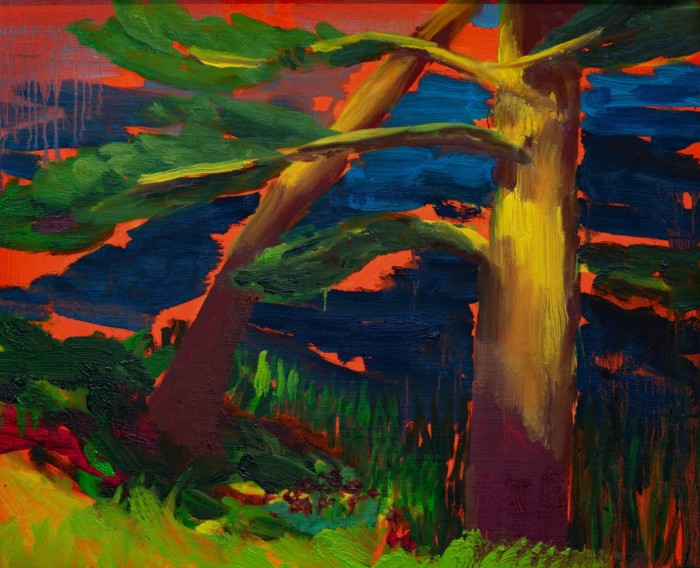
Roula Khalaf, Editor of the FT, selects her favourite stories in this weekly newsletter.
When the Frieze art fair lands at Santa Monica airport in Los Angeles for its fifth edition next week, it will find itself in an art market tossed by economic and political uncertainty — from heavily debated Federal Reserve rate cuts to the upcoming US presidential election. Responding to this, the market seems to be pausing to catch its breath and reassess its frenzied post-pandemic pace, dynamics which dealers will be hoping the fair can shake up.
“It’s no secret that there’s a downturn in the market,” says Davida Nemeroff, owner of LA’s Night Gallery. “Every gallery is weathering it in its own way.” Nemeroff, who will be exhibiting at Frieze, says that the fair’s gravitational pull offers the opportunity to broaden their gallery’s audience and connect with clients. “During this moment of more careful consideration, nothing beats seeing the work in person.”
Esther Kim Varet, founder of Various Small Fires in Hollywood, has also noticed the shift towards a more cautious approach. Collectors are “now really reassessing what they have and really much more willing to wait” for works that fit their collections, she says. Kim Varet attributes the previous speed of the market to a hive mentality spurred by social media. “Post-hangover, collectors are willing to be more selective.”
Luis De Jesus, owner of an eponymous gallery established in LA in 2010, agrees. “There’s been an obvious readjustment since the feeding frenzy in 2020,” he says. “It also feels like there’s been a pivot to creating a much more personal and highly idiosyncratic collection . . . [The art] has to mean something to them — it’s not just about the investment or market value.” The market might not be “fireworks” at the moment, “but it feels pretty healthy and stable. We continue to have a consistent stream of sales.”
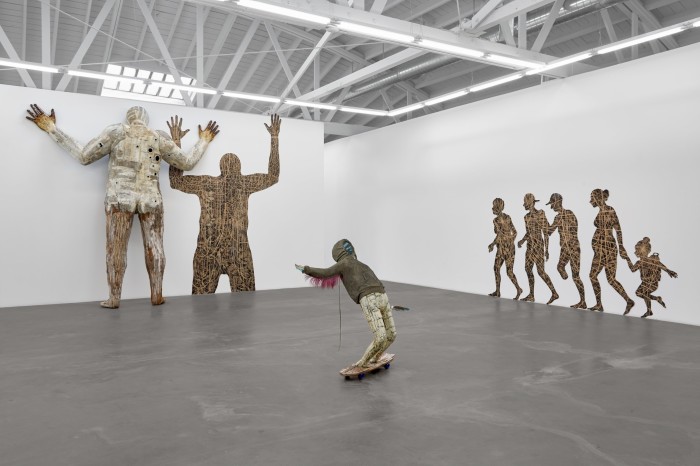
How, then, does Frieze fit into this? “I think that any effect a four-day fair may have on the market is shortlived,” De Jesus says. “But we do appreciate the attention and traffic it brings to the city and the local galleries.” The international fair’s gravity is strong enough that the local arts scene has now rearranged itself around a robustly programmed February “Art Week”, with hotel-fair Felix, Spring/Break and the LA Art Show orbiting Frieze, and a constellation of galleries hosting openings around the city.
Christine Messineo, Frieze’s fair director, Americas, says she anticipates successful sales, building on last year’s fair when work sold in the millions, as well as the “initial access points” provided by works priced $10,000-$30,000 in the fair’s Focus section. Messineo points out the energy around “younger galleries that are opening their first spaces in Los Angeles”, such as Fernberger.
New galleries like these have “been a factor in ramping up the energy in the LA art scene”, says De Jesus, “but I would also say that galleries often chase the artists, and that trend has been going on for the past 10-15 years. We’ve seen a ton of artists move to LA . . . to take advantage of the cheaper rents, bigger studios, nicer weather and quality of life — and galleries follow suit.” This is the latest boom cycle in the city’s arts history, as generations of incomers have chased the light and the art to the west coast.
Frieze has “attracted a lot of galleries . . . but I wonder what it does really for artists who live here”, says César García-Alvarez, executive and artistic director of the Mistake Room gallery. “In all of these conversations about LA being so important now, the ones which get left out [are] about artists who have been in LA for a very long time.”
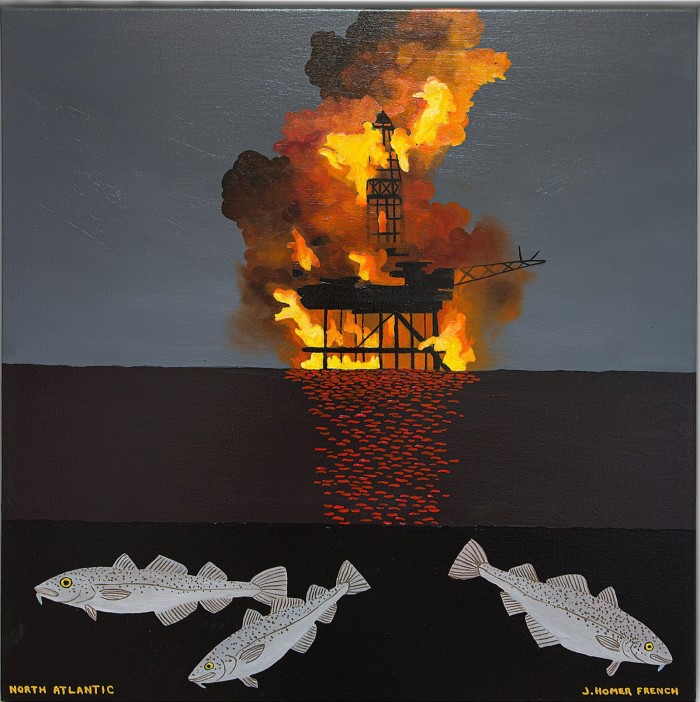
While established local galleries reap much of the benefit of Frieze’s spotlight, larger galleries — including David Zwirner, Sean Kelly, Marian Goodman and Lisson Gallery — have also been opening outposts in the past few years as part of the surge of attention to Los Angeles as an arts hub. Perrotin’s LA opening coincides with the fair.
Sean Kelly’s son Thomas opened a new branch of their New York gallery in September 2022, driven, he says, by the fact that most their artists had never exhibited in LA. “Any effort to grow that scene can only be beneficial for the communities in which we find ourselves,” he says. Kelly thinks that the rush of new gallery outposts may “start levelling off soon, and then we’ll all start kind of getting into this groove [and] collaborating together.”
Night Gallery is joining in this trend by opening a new space, Sidecar, that will host collaborative exhibitions with global galleries beginning this year. Kim Varet’s Various Small Fires, meanwhile, is “leaning into the institutional conversation” by showcasing work at Frieze which, drawn from the ecological art movement, ties into the art and science theme of the Getty Museum’s PST ART event.
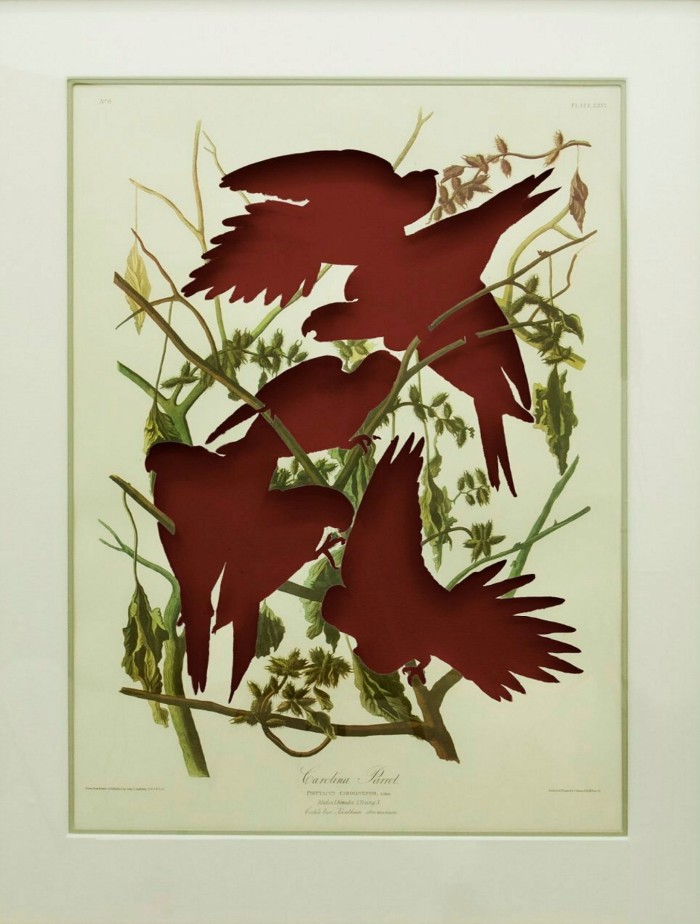
Frieze has “been instrumental in showing . . . that there is a marketplace in Los Angeles for contemporary art”, Messineo says. A decade ago, LA was “a much more insular community”, whereas today “it’s a global marketplace.”
Los Angeles is “a city of a lot of possibility”, Kim Varet says. “It’s still a city growing and defining itself. And it’s exciting to be a part of it.”
Frieze LA runs February 29-March 3, frieze.com
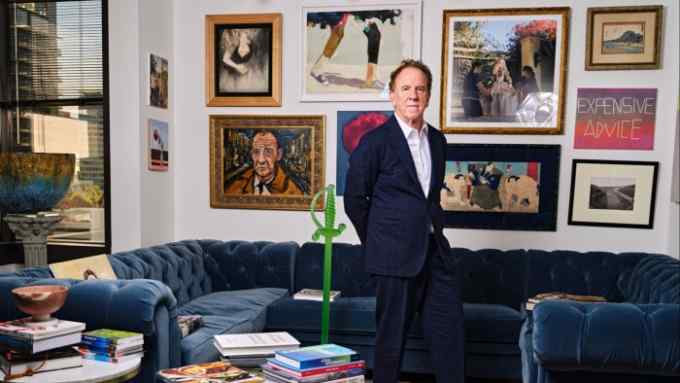
Comments